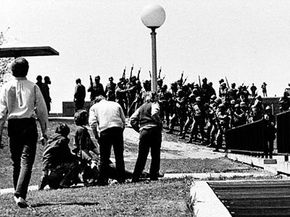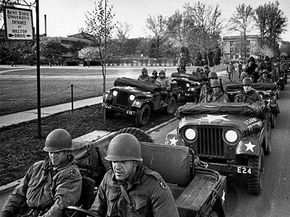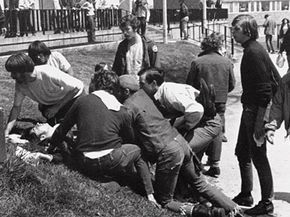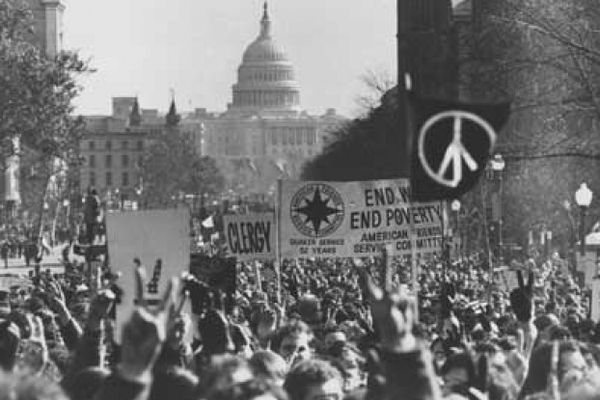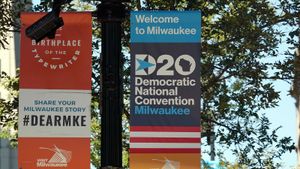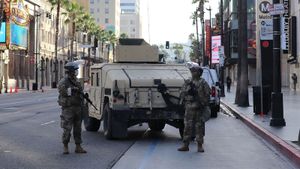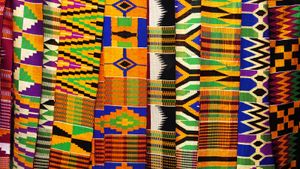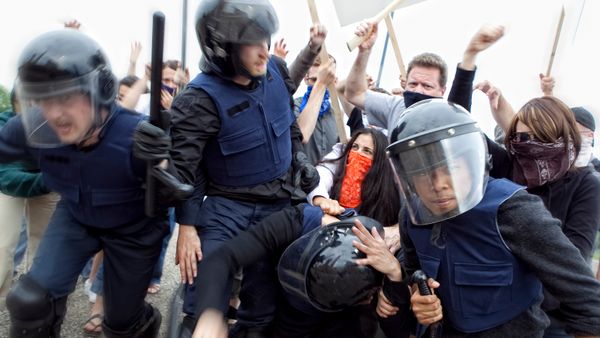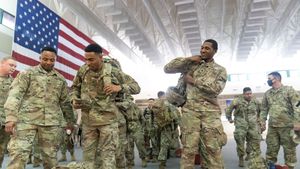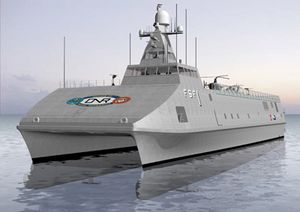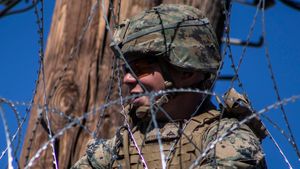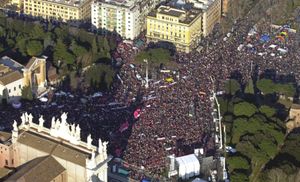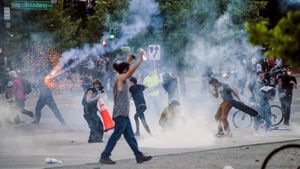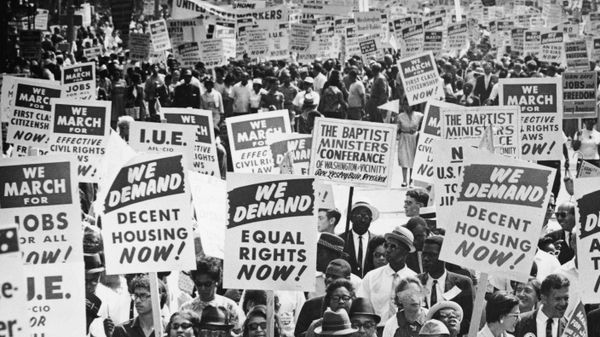The 1960s and '70s were tumultuous times in the United States. The country was fighting an unpopular war in Vietnam that was instigating a wave of protests. In 1970, tensions came to a fever pitch when tragedy struck on one college campus. On May 4, members of the Ohio National Guard shot into a crowd of antiwar protestors at Kent State University, killing four students and wounding nine.
To understand the context of the tension, let's sum up the background on the war. Vietnam, which had recently fought for its independence from France in the 1940s and '50s, had split into the Communist North (Viet Cong) and non-Communist South, which sought a more democratic government. The United States had gradually increased its support for South Vietnam in order to prevent Communism from spreading in Asia. Richard Nixon won the 1968 presidential election based partly on his promise of Vietnamization -- transferring combat duties from U.S. soldiers to the South Vietnamese.
Advertisement
On April 30, 1970, President Nixon seemed to be betraying such promises about reducing U.S. involvement in the war when he announced that he sent troops into Cambodia, where the Viet Cong had its headquarters. Opponents of the war interpreted Nixon's announcement as a step backward, and it immediately prompted antiwar protests across the country, especially on college campuses.
Kent State University in Kent, Ohio, was one such campus where tense protests were held. The campus was a relatively unlikely setting for the dramatic events that unfolded over the span of four days leading up to the tragedy. Compared to nearby Ohio State University, the Kent State student body was generally less liberal and more blue-collar [source: Lytle]. However, it's thought that outside agitators helped escalate the violence and intensity of the protests.
As protests became more heated, the Ohio National Guard was summoned to Kent. These guardsmen became the center of the controversy for their decision to fire into the crowd. Many of these young men were no older than the student protesters and had joined the Guard in order to dodge the draft.
But the real story of what happened at Kent State begins a few days before the tragic shootings took place. It begins on Friday, May 1 -- the day after President Nixon made his announcement about sending troops into Cambodia.
Advertisement
